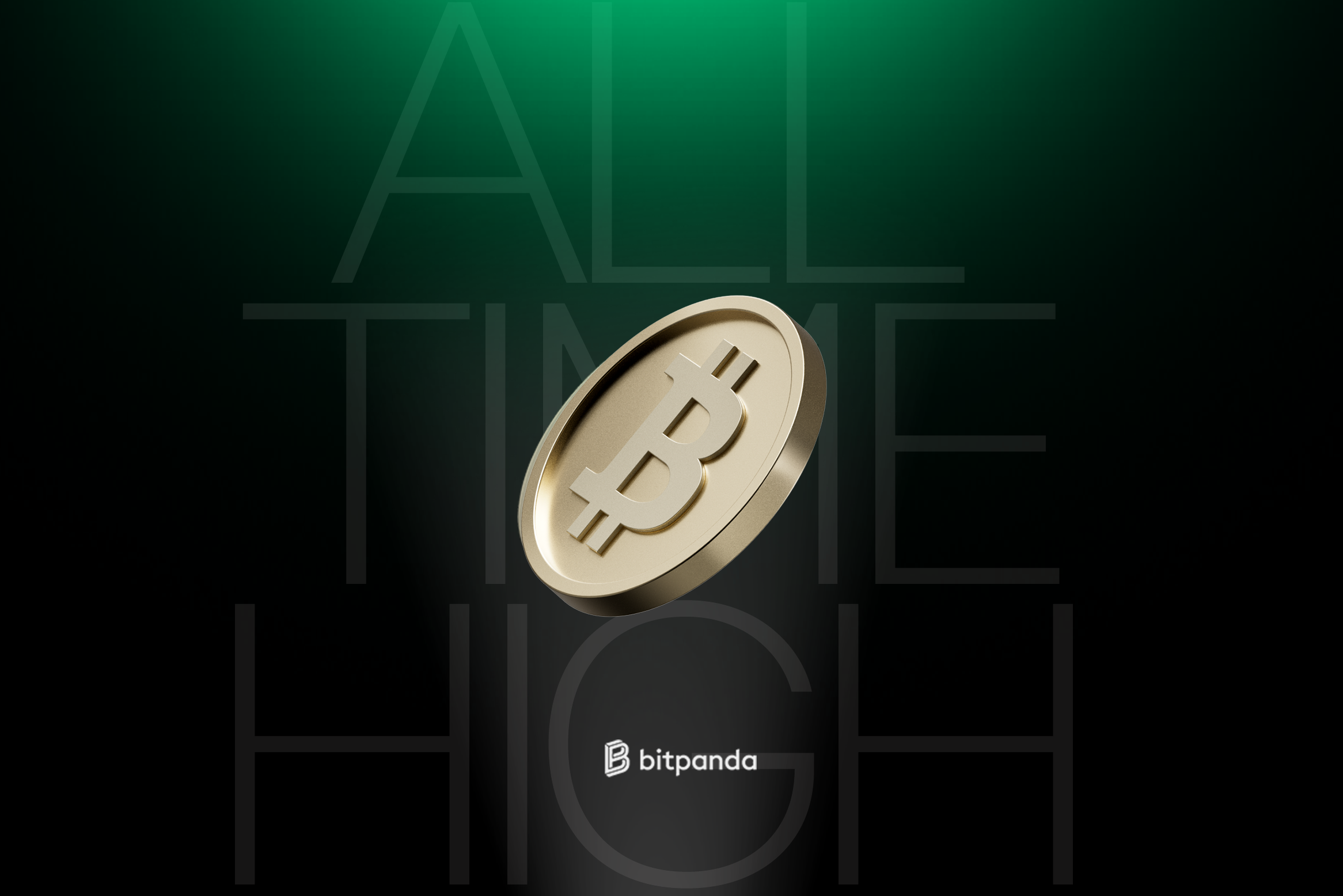Green blockchain innovations
Bitcoin enthusiasts and environmentalists often find themselves in conversational gridlocks over the impact of crypto on carbon emissions. Yet, focusing solely on Bitcoin mining's energy consumption overlooks the broader narrative of its energy dynamics.
For once, the blockchain community isn't short on brain power when it comes to trimming the fat. Energy costs are the most important factor for successful mining operations, and it is here where profitability meets sustainability.
From solar-powered mining farms to hydroelectric-powered rigs, the industry is pivoting towards sustainability. And it's not just about harnessing renewable energy; advancements in hardware efficiency are also on the rise, promising more bang for each kilowatt-hour consumed.
The Bitcoin halving plays a significant role in this scenario, and to appreciate its relevance, we need to revisit the process of Bitcoin block creation.
Lower rewards, higher efficiency: What to expect from Bitcoin’s halving
In the Bitcoin blockchain, miners compete to generate blocks by discovering a hash that falls below a predetermined target. This requires executing billions of hash calculations each second, and the first miner to successfully find the valid block is rewarded with a set amount of Bitcoin – 6.25 BTC at present, which will reduce to 3.125 BTC following the halving event.
Confronted with the reality of incurring identical energy expenses for merely half the reward, miners are compelled to adapt by reducing their energy consumption, upgrading to more energy-efficient hardware, or employing a combination of both.
Given that enhanced hardware efficiency often correlates with increased energy demand, securing cost-effective energy sources will be the top priority for miners in 2024 and beyond. And cost-effective in the world of energy sources means – you guessed it – renewable.
According to a study published by MAT Journals, the most economical energy source for Bitcoin mining in 2024 is offshore wind energy, which has the lowest cost per kilowatt-hour ($0.088) among the energy sources analysed. Other renewable sources like hydro ($0.09 per kWh) and solar PV ($0.094 per kWh) are also competitive but slightly more expensive than offshore wind.
In other words: The great migration towards green energy is already underway, with recent studies indicating that over 50% of Bitcoin's energy mix now comes from renewable sources.

The road toward sustainability: Green blockchain innovations at a glance
In a recent analysis, KPMG explores the environmental, social, and governance (ESG) dimensions of Bitcoin mining, highlighting its role in fostering renewable energy growth through demand flexibility.
The report illustrates how Bitcoin's always-on operation can address various environmental issues, such as utilising surplus energy or converting methane emissions from landfills into electricity.
Similarly, MIT researchers have illuminated Bitcoin's capacity to mitigate emissions from the oil and gas sectors, particularly by capturing and utilising excess natural gas that would otherwise be vented.
Some providers are already setting up systems that capture and burn natural gas on-site, with the generated electricity fueling Bitcoin mining equipment. And while this process isn’t exactly emissions-free, it nonetheless repurposes energy that might otherwise necessitate production from other sources.
What’s more, the quest for energy efficiency is sparking innovation in consensus protocols themselves.
From power-hungry to power-savvy: Proof-of-stake vs. proof-of-work
The competition between proof-of-stake (PoS) and proof-of-work (PoW) consensus mechanisms is pivotal in the discussion on eco-friendly blockchains. PoW, the foundational blockchain validation method, aligns the rewards for Bitcoin creation with the computational effort expended by miners.
Conversely, PoS adopts an energy-conserving strategy, choosing validators to forge new blocks predicated on their cryptocurrency holdings and their commitment to stake these holdings. In a significant move, Ethereum transitioned from PoW to PoS in 2022, reducing its energy usage by over 90%.
Beyond PoW and PoS, new kids on the blockchain like proof-of-space, proof-of-elapsed-time, and others are emerging, each with the potential to slash energy consumption dramatically. As these technologies evolve, they could offer fresh pathways to a greener blockchain ecosystem.
So, it’s time to address the elephant in the room – why not just switch Bitcoin to Proof-of-Stake and go green(er)? Well, the decision isn't that simple. PoS, while innovative, doesn't suit Bitcoin's philosophy or its foundational requirements, and there are some key reasons why this is the case.
Initially, adopting PoS would mean new participants effectively 'buy into' the early adopters' holdings, which undermines fairness. PoS inherently encourages centralisation; it's economically more viable to consolidate holdings, which contradicts Bitcoin's goal of decentralisation.
When rejoining the network after an absence, verifying the accurate network state under PoS can be complex and unclear, risking misinformation. Moreover, a PoS system is inherently less secure as it requires only a third of the staking power to potentially compromise the network, a vulnerability Bitcoin can't afford. While Proof-of-Stake aligns with Ethereum's design for its versatile applications, Bitcoin aims to be a stable monetary foundation, prioritising security, fairness, and decentralisation, for which Proof-of-Work is essential.
A Greener Future on the Horizon
As we look beyond the halving, the prospect of a more energy-efficient blockchain landscape is tantalising. While hurdles remain – such as the high costs of transitioning to green tech and the inertia of established practices – the industry is showing signs of a shift in consciousness.
As miners, developers, and enthusiasts gear up for this next chapter, one thing is clear: The coming years will likely witness a fascinating convergence of technology, economics, and environmental stewardship, as the blockchain community grapples with its energy dilemma.
In conclusion, the halving could be the nudge Bitcoin and the broader crypto ecosystem needs to fast-track its green evolution.

David Sievers is a freelance copywriter and founder of copy.vibe, a Vienna-based network of creatives operating at the intersection of digital marketing, branding, and AI. Drawing from his rich well of experience in blockchain communications, he frequently shares his insights across a spectrum of national and international platforms.
Disclaimer
This article does not constitute investment advice, nor is it an offer or invitation to purchase any digital assets. This article is for general purposes of information only and no representation or warranty, either expressed or implied, is made as to, and no reliance should be placed on, the fairness, accuracy, completeness or correctness of this article or opinions contained herein. Investing carries risks. Make sure to conduct your own research before making any investment.
 Commodities* Invest in commodities 24/7
Commodities* Invest in commodities 24/7 BITCOIN What to know when you are just starting to invest
BITCOIN What to know when you are just starting to invest ASSET MANAGEMENT Your investment, your assets: Why your money is safe with Bitpanda
ASSET MANAGEMENT Your investment, your assets: Why your money is safe with Bitpanda COUNTDOWNBitcoin Halving Countdown 2024
COUNTDOWNBitcoin Halving Countdown 2024 ACADEMYWhat is the Bitcoin halving?
ACADEMYWhat is the Bitcoin halving?







